These manicure techniques vary in terms of longevity, hygiene and overall nail health
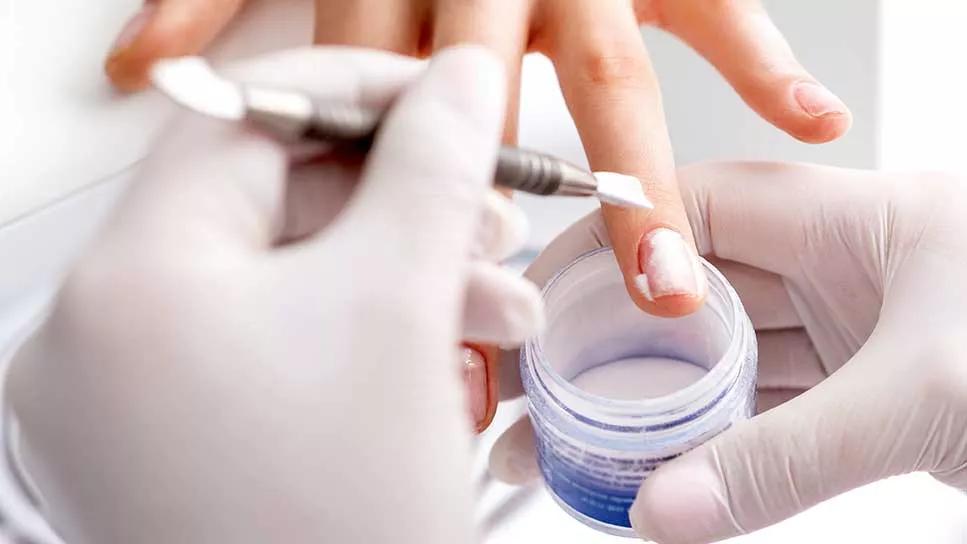
While a manicure can make your nails look colorful and stylish, choosing the right type is more than a cosmetic decision. From prepping the nail bed to applying different mixtures, it’s important to understand what’s really getting done when you get your nails done.
Cleveland Clinic is a non-profit academic medical center. Advertising on our site helps support our mission. We do not endorse non-Cleveland Clinic products or services. Policy
“Each type requires a different process, with different effects on your natural nails — and potentially your overall health,” says dermatologist Amy Kassouf, MD.
You’ve probably heard of gel and acrylic, but it seems like new nail trends are popping up in the blink of an eye. You may have had a friend tell you dip powder nails are a faster and less harmful option for giving your nails a glow-up. But are they any safer than gel or acrylics?
The answer is: Yes and no.
Dr. Kassouf explains some of the pros and cons of dip powder manicures and how they compare to gel and acrylic.
While it sounds like it’s some kind of mystical pixie dust, dip powder nails are a long-lasting manicure option that has recently grown in popularity. Through this technique, the color comes not from polish but from pigmented dust (or powder) that is then dried and secured by a clear, liquid formula on top of your nail. Because of this sturdy combo, this type of manicure is known to be extra durable, lasting up to four weeks.
How they’re applied: You or your nail tech will brush your natural (or fake) nails with glue, then dip them into (or sprinkle on) a colored acrylic powder. The excess powder is then shaken off and an activating topcoat is added to harden the powder. This process is usually repeated a couple of times to make sure each nail is fully covered in the desired color.
The hype certainly sounds real, but is it a healthier alternative than gel and acrylic nails? Here are some pros and cons to consider:
Let’s face it, one of the main reasons we love getting professional manicures is that we know we’ll leave the salon with a dry set of nails that aren’t getting ruined anytime soon. If you want a manicure that gets you in and out fast, the dip powder treatment has that going for it. Plus, it doesn’t use UV (ultraviolet) light to dry it — which is another health benefit (more on that in a moment).
Contrary to what some may think, breaking a nail can be annoying and even painful — especially if you just paid a hefty price for a high-end manicure. Dip powder manicures tend to be sturdier and more durable than other types, so they can be a good option, especially if you’re someone who works with your hands a lot. But at the same time, your nails will feel less heavy and stiff, as this technique doesn’t put as much mixture on your nails as with a gel or acrylic technique.
Dipping your fingertips into the same jar of powder as everyone else is a hygiene concern. Dermatologists recommend not “double dipping” (yes, just like chips and salsa at a party) when it comes to this manicure. Be sure to ask technicians to sprinkle the powder on your nails instead.
Yes, the dip powder process is tough-as-nails. But it may come with a price. This drawback is similar to what happens when you get an acrylic manicure (more on that later). As your nail is getting buffed and filed quite extensively to make sure the adhesive sticks, this may weaken your nails over time and make them more prone to breakage.
Dips tend to include harmful ingredients such as:
While dip powder manicures seem to be the trendy choice, there are still other ways to get a sturdy set of nails. Gel and acrylic are the other two common selections when getting a fresh set of nails.
Here’s what goes into gel and acrylic nails and how they compare to dip:
This is one you’ve probably heard of. Beyond your local nail salon, most drug stores sell tons of varieties of gel nail polish. The most attractive thing about this type is that it looks like regular nail polish and goes on like regular nail polish, but it’s not regular nail polish.
How they’re applied: Brush natural or fake nails with gel nail polish. Cure under a UV or LED light. Takes two or three coats.
Pros:
Cons:
The third common manicure option is acrylics, which use a mix of (you guessed it) acrylic powder and liquid monomer to create a thick, blob-like substance that covers your nail.
How they’re applied: The mixture is brushed over the natural nail (or on a longer, glued-on fake nail). The substance will almost instantly cure (or harden) into a mold when it comes into contact with the air. In other words, no LED or UV light is required. Afterward, the mold can then be shaped and refined into the desired shape.
Pros:
Cons:
Sometimes, the clear answer is the simplest. Generally, your nails will experience the least amount of side effects or harm if you go with good ol’ fashioned nail polish. This way, you’re avoiding any harsh buffing that could hurt your nail bed or cuticles, as well as UV rays that could create problems for your skin. Choosing the best manicure may also depend on what allergies you may have or what can irritate your nails and skin.
If you’re committed to continuing your manicure and pedicure routine, you can take steps to ensure your nails aren’t getting such a hit with each session.
The American Academy of Dermatology recommends taking precautions like:
Learn more about our editorial process.
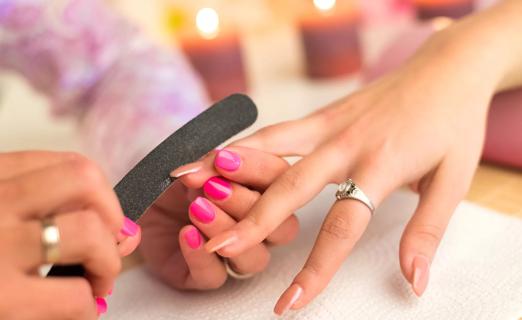
Before your next manicure, weigh the reward against the risk of infection, irritated skin and damaged nails

Safety, hygiene and technician training are among the biggest benefits of a ‘medi pedi’

A combination of treatments can help you conquer the compulsion
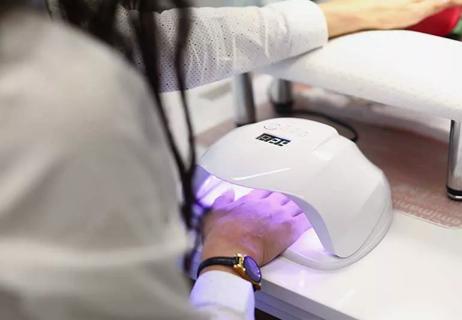
The temporary nail damage is bad, but the cumulative UV exposure could be worse
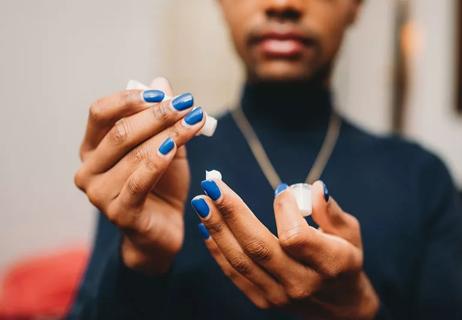
This common problem has plenty of solutions, from supplements to slugging

Animal safety and bacterial infections are concerns
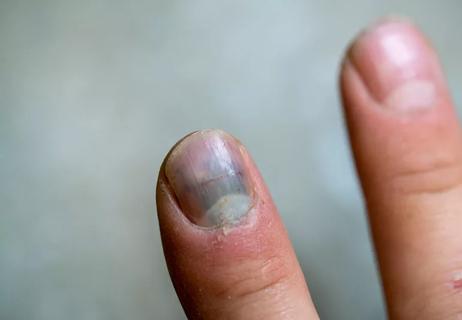
Nail injuries need special care

Resist the urge to bite, tear or rip off those little pieces of skin

Your metabolism may torch 1,300 to 2,000 calories daily with no activity

A gentle touch in all the right places may help drain your sinuses